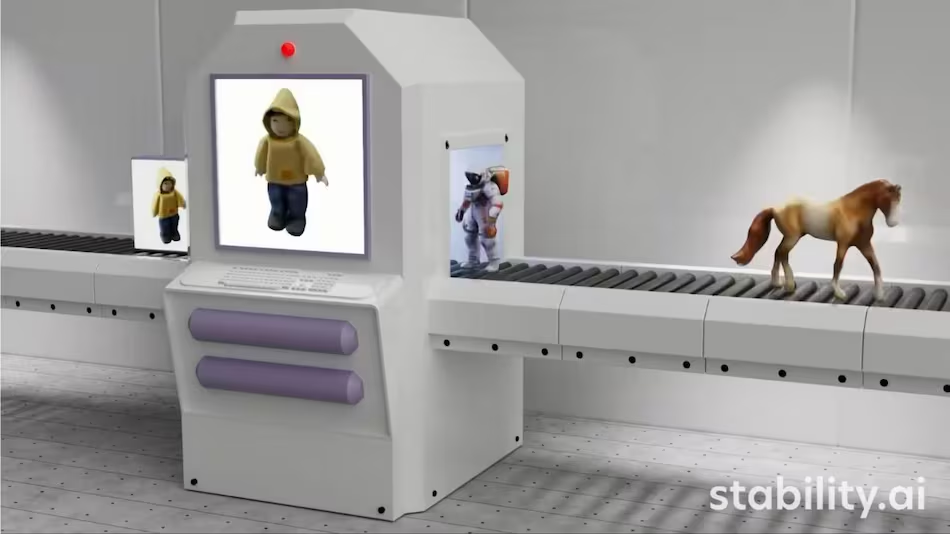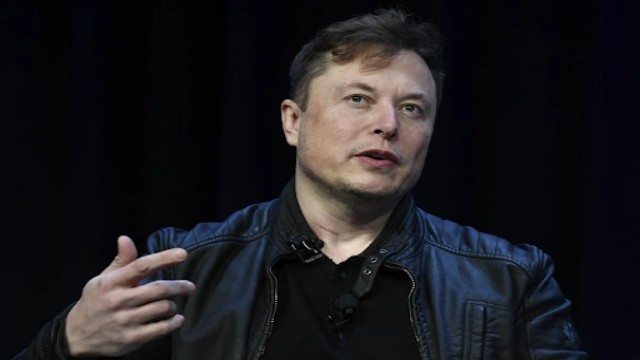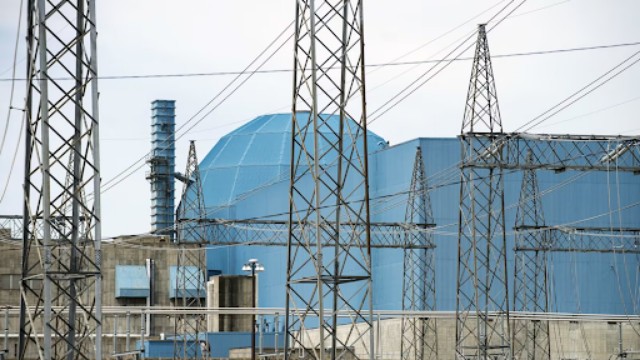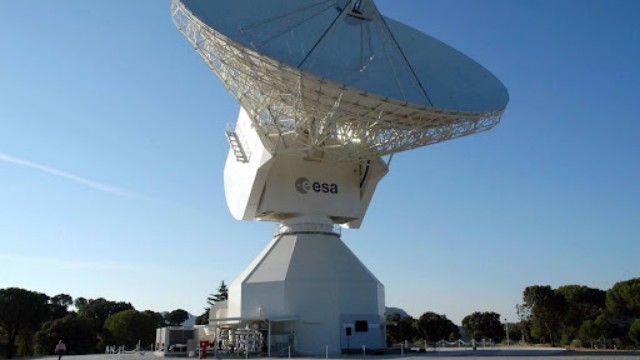
Stability AI's SV3D revolutionizes 3D video rendering, offering enhanced quality without text inputs, marking a milestone in AI video generation. (Twitter)
The reveal was broadcasted through Stability AI's official X account (previously Twitter), where the company proclaimed, "Today, we are releasing Stable Video 3D, a generative model based on Stable Video Diffusion. This new model advances the field of 3D technology, delivering greatly improved quality and multi-view." This unveiling closely follows the recent introduction of Stable Diffusion 3, aimed at enhancing performance in multi-subject prompts.
SV3D offers two distinct variants: SV3D_u and SV3D_p. SV3D_u crafts orbital videos from single image inputs, albeit without camera conditioning, meaning while objects transition to 3D, camera movements are absent. On the other hand, SV3D_p, the more versatile option, supports both single images and orbital views, enabling the creation of fully-rendered 3D videos along specified camera paths.
According to the company, SV3D tackles the inconsistency issues that plagued its predecessors like Stable Zero123. Leveraging Neural Radiance Fields (NeRF) and mesh representations, SV3D heightens the quality and uniformity of rendered videos. "Additionally, in order to mitigate baked-in lighting issues, Stable Video 3D employs a disentangled illumination model that is jointly optimized along with 3D shape and texture," Stability AI detailed in a comprehensive blog post.
The Stable Video 3D model is now accessible for both commercial and non-commercial use. For commercial purposes, users must acquire a Stability AI membership, with the Professional tier starting at $20 (approximately Rs. 1650) per month. Meanwhile, for non-commercial usage, users have the option to download the model weights on Hugging Face.















